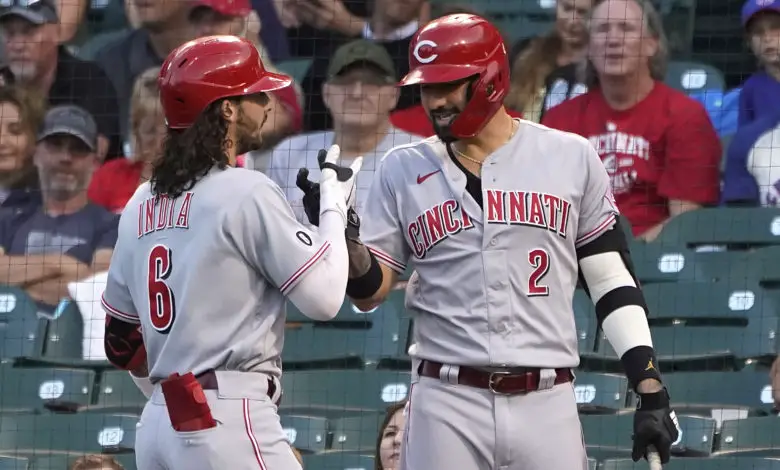
Jed Hoyer Says Cubs ‘Plan to Be Really Active in Free Agecy’
The Cubs will enter the offseason with a guaranteed payroll roughly $100 million below what it was this season and almost $170 million below the 2019 campaign. That means they could spend pretty freely and still end up paying less for the roster than they have in recent years, which is why there’s reason for hope even with the looming threat of a work stoppage due to CBA negotiations.
Jed Hoyer is going to have to spend some money just to field a 26-man roster, so it’s really just a matter of where Tom Ricketts sets the high end of the budget. While a ceiling of $150 million would still be embarrassingly low for a major-market franchise valued at over $3 billion, that sort of leeway would provide a lot of potential for rapid improvement.
David Ross recently mentioned the need for more pitchers, particularly starters, which is a no-brainer when you look at how the rotation has performed this season. A trend toward more contact could also mean the Cubs will target more power in the outfield, which could result in a reunion with an old friend. The options are manifold for a team that should have plenty of cash in hand.
“We plan to be really active in free agency,” Hoyer told the media prior to Friday’s games. “We plan to spend money intelligently. We’re scouting that market heavily. We’re going to analyze that market heavily.
“There’s offseasons when free agency is something you do a little bit of, and obviously we have to be a little more active than usual to fill out our roster, because we have a lot more open spots.”
That last little bit there does a lot to temper the opening line, so it’s important to view this all with a healthy bit of pragmatism. But even with the idea of spending intelligently as opposed to the Phillies’ strategy of being a little stupid doesn’t mean staying cheap or not targeting premier players. The Cubs could realistically add salaries of $25 million, $15 million, $10 million, and 10 more at $5 million without exceeding the hypothetical budget I set above.
It really is that easy, it’s just not that guaranteed. I won’t get into further specific targets at this point because we’ve got to save something for the next few months, but I will leave you with one very interesting thought: What if Jason Heyward chooses to retire? As unlikely as that seems to me, walking away from $24.5 million ($23 million AAV) over the next two seasons would be a huge boon to the budget while opening up another roster spot.
Again, very unlikely and probably not worth devoting a lot of mental energy to, but there’s not much else to chew on right now.

